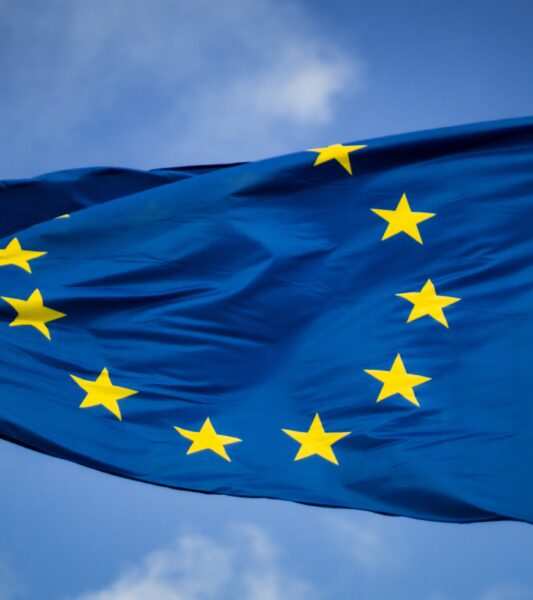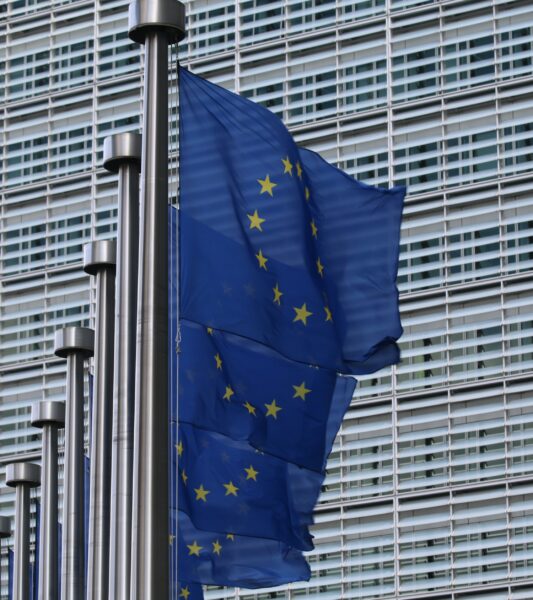Resources
The Future of AML Compliance Post-5AMLD: What Experts Are Saying
In today's globalized and interconnected world, combating money laundering and terrorist financing has become a critical priority...

Practical Guide to Implementing the EU Travel Rule Regulation
The EU Travel Rule has emerged as a key aspect of the EU's commitment to combat money...

5AMLD and Cryptocurrencies: What Businesses Need to Understand
The 5AMLD has brought about significant changes for businesses operating in the cryptocurrency sector. By expanding the...

Navigating the post-5AMLD AML compliance
Navigate the complexities of AML compliance in a post-5AMLD world with expert insights on strengthening customer due...

5AMLD: Navigating Your AML Obligations as a Business Owner
Stay ahead of AML requirements by delving into the obligations imposed on business owners under 5AMLD. From...

5AMLD and the EU Travel Rule: Key Takeaways for Crypto-Asset Service Providers
The Fifth Anti-Money Laundering Directive (5AMLD) and the EU Travel Rule have significant implications for crypto-asset service...

Breaking Down the 5AMLD: How It Affects Small Businesses
The 5th Anti-Money Laundering Directive (5AMLD) has significant implications for small businesses, requiring them to comply with...

The Evolution of KYC and AML Regulations: From 4AMLD to 5AMLD
The evolution of KYC and AML regulations from 4AMLD to 5AMLD reflects the ongoing efforts to combat...

5AMLD: Implications and Opportunities for Fin-tech Companies
The Fifth Anti-Money Laundering Directive (5AMLD) introduced by the European Union strengthens the regulatory framework to combat...

5AMLD: Key Changes and Their Impact on KYC Processes
The implementation of the Fifth Anti-Money Laundering Directive (5AMLD) brings significant changes to KYC processes, expanding the...
